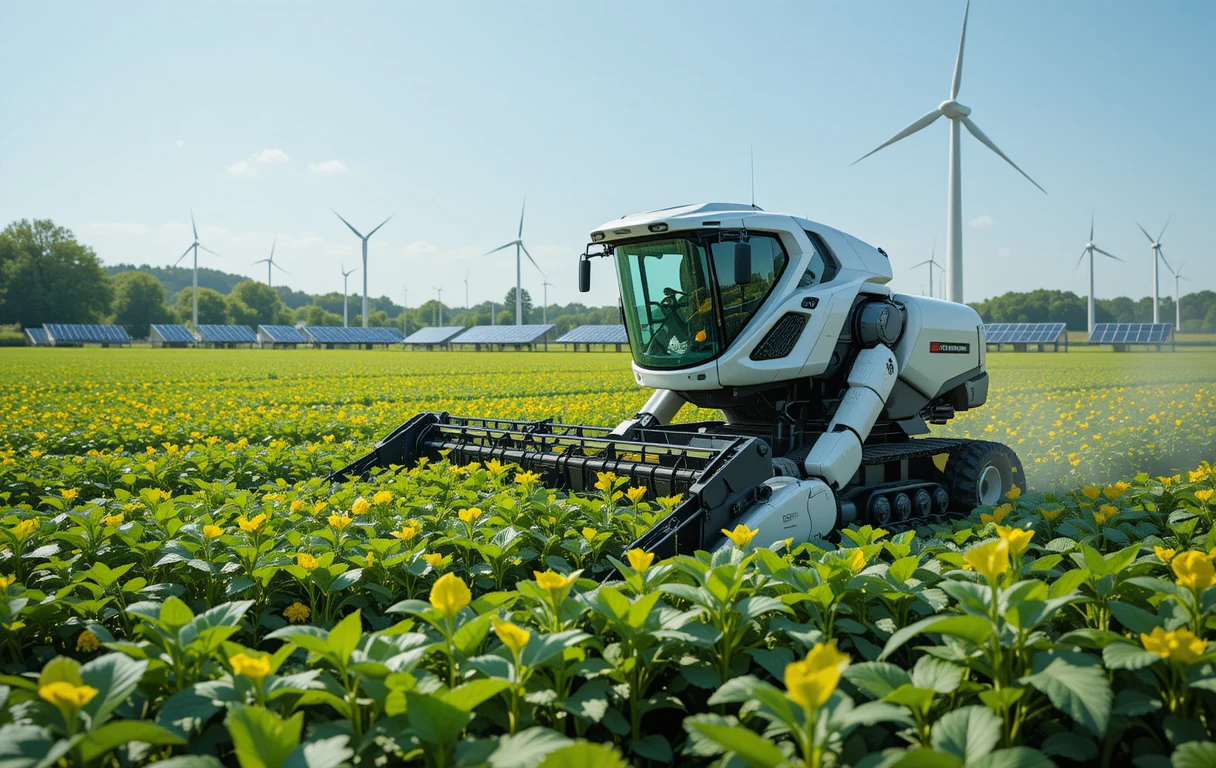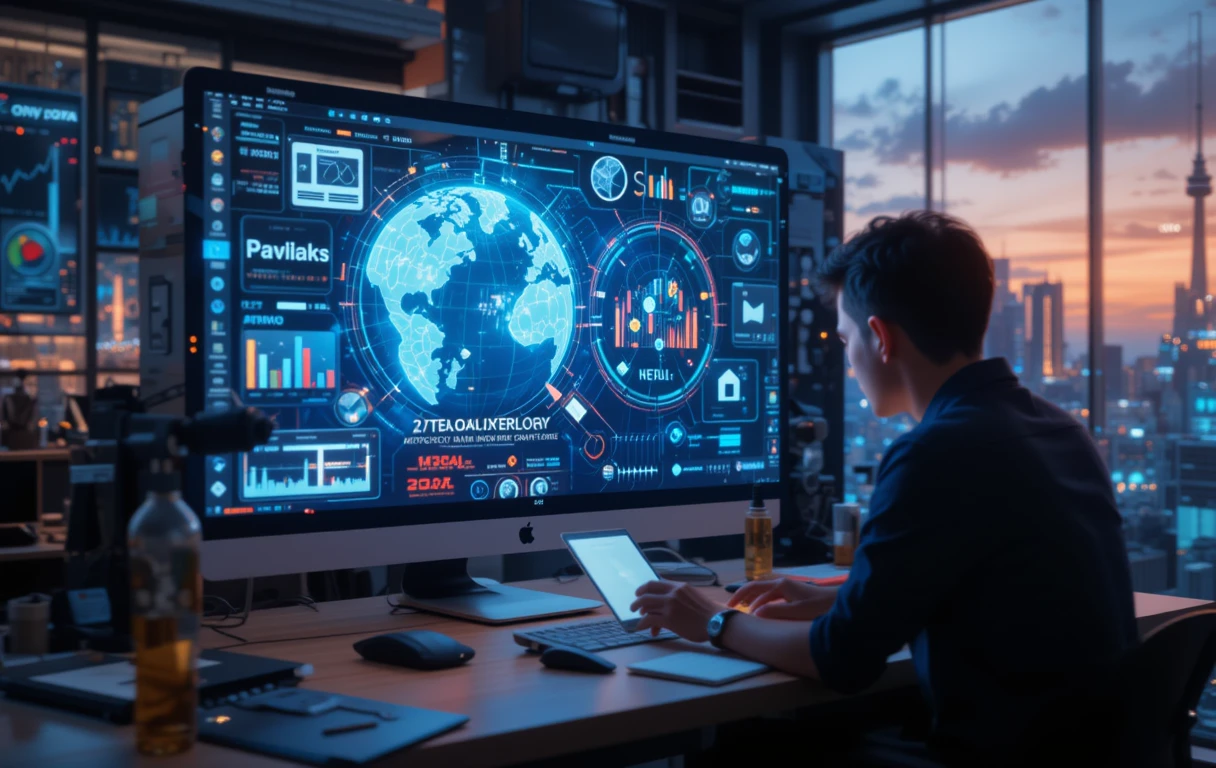Technology has long been humanity’s ally in solving complex challenges, and robotics is leading the charge in tackling some of the world’s most pressing global issues. From combating the dire effects of climate change to revolutionizing food production, robots are not just futuristic inventions—they are today’s real-world problem solvers. This blog explores how robotics is creating a more sustainable and efficient world, offering hope in the face of adversity.
The Role of Robotics in Addressing Global Challenges
Robots are no longer confined to the pages of science fiction or the assembly lines of manufacturing plants. Instead, they have evolved into powerful tools capable of solving large-scale global problems. Their versatility, precision, and efficiency make them ideal for tackling challenges like reducing carbon emissions, managing natural resources, and feeding a growing global population.
The pressing question remains: can robots truly help save the planet? Let’s explore their groundbreaking contributions in critical areas.
Robotics and Climate Change: Fighting the Crisis
Climate change is arguably the most significant challenge humanity faces today. The effects of rising temperatures, melting ice caps, and unpredictable weather patterns are felt across the globe. Fortunately, robotics is emerging as a powerful weapon in the fight against climate change.
Autonomous Drones for Environmental Monitoring
Robotic drones equipped with advanced sensors and AI are being deployed to monitor environmental changes. They can collect data on air quality, deforestation, and carbon emissions, providing real-time information that helps scientists and policymakers make informed decisions. For example, organizations like the World Resources Institute use drones to monitor illegal logging activities and protect endangered forests.
Ocean-Cleaning Robots
The oceans, our planet’s lifeline, are drowning in plastic waste. Robots like the “Ocean Cleanup Interceptor” are designed to clean up rivers and prevent plastic from reaching the seas. These autonomous machines can collect tons of waste daily, significantly reducing the environmental impact of plastic pollution.
Renewable Energy Maintenance
Wind turbines and solar panels are crucial in reducing our reliance on fossil fuels, but maintaining these structures can be risky and labor-intensive. Enter robotics. Robots like the BladeBUG can inspect and repair wind turbines, increasing efficiency and ensuring optimal performance without risking human lives.
How Robotics is Revolutionizing Food Production
The world’s population is expected to reach nearly 10 billion by 2050, placing immense pressure on global food production systems. Robotics is stepping in to address this challenge by revolutionizing agriculture and food supply chains.
Precision Farming with Agricultural Robots
Agricultural robots, or “agribots,” are transforming the way we grow and harvest crops. These machines use AI and sensors to analyze soil quality, determine the optimal time for planting, and even apply fertilizers and pesticides with pinpoint accuracy. This practice, known as precision farming, minimizes waste and maximizes crop yields.
Farmers are also leveraging robots like Harvest CROO, which can pick strawberries with the same dexterity as human hands, ensuring efficiency and reducing food waste.
Vertical Farming and Robotics
Vertical farming is another area where robotics is shining. In urban environments, where space is limited, robotic systems are automating tasks like planting, watering, and harvesting crops in vertical farms. Companies like Plenty are already using robots to grow leafy greens in controlled environments, reducing water usage and eliminating the need for harmful pesticides.
Reducing Food Waste with AI-Powered Robots
Did you know that nearly one-third of all food produced globally is wasted? Robotics powered by artificial intelligence is helping reduce food waste by sorting and redistributing surplus food. Robots can identify spoiled produce, sort packaging, and ensure that edible food reaches those in need.
Innovative Applications of Robotics in Solving Global Problems
Robotics has applications beyond agriculture and climate change. Here are a few other areas where robots are making a difference:
Disaster Response and Recovery
In the aftermath of natural disasters, search-and-rescue robots are deployed to locate survivors and deliver essential supplies. Robots like the “PackBot” were instrumental in recovery efforts after the Fukushima nuclear disaster.
Healthcare Accessibility
Robots are improving healthcare access in remote and underserved areas. Telepresence robots enable doctors to consult with patients in distant regions, while robotic exoskeletons assist people with disabilities in regaining mobility.
Water Scarcity Solutions
Access to clean water is a fundamental human right, yet millions face water scarcity daily. Robots like the Solar Desalination Robot are helping by converting seawater into drinkable water using solar power, offering a sustainable solution to this global crisis.
The Emotional Side of Robotics: A Beacon of Hope
When discussing robotics, it’s easy to focus on technical details and scientific advancements. But the emotional impact of these machines cannot be ignored. Robots offer hope—a sense that humanity can overcome the seemingly insurmountable challenges of today and build a better future.
Whether it’s a drone replanting forests, an agribot ensuring food security, or a robot cleaning our oceans, each innovation demonstrates the power of human ingenuity combined with robotic precision. The partnership between humans and robots is a testament to our collective ability to adapt, innovate, and persevere.
Conclusion
Robotics is not just a technological marvel—it’s a lifeline for a world grappling with complex global challenges. By addressing critical issues like climate change, food security, and disaster management, robots are shaping a sustainable and equitable future.
The intersection of human creativity and robotic precision is a powerful force for good, proving that no problem is too big when innovation and collaboration come together. As we move forward, the role of robotics in solving global problems will only grow, offering hope and solutions for generations to come.




